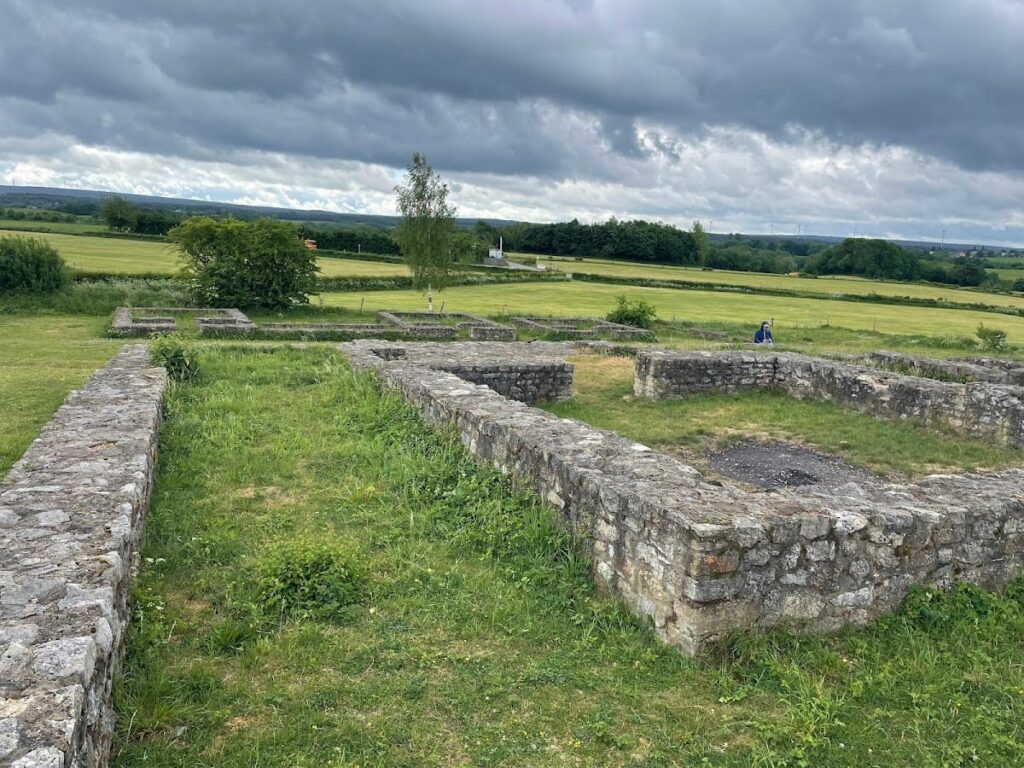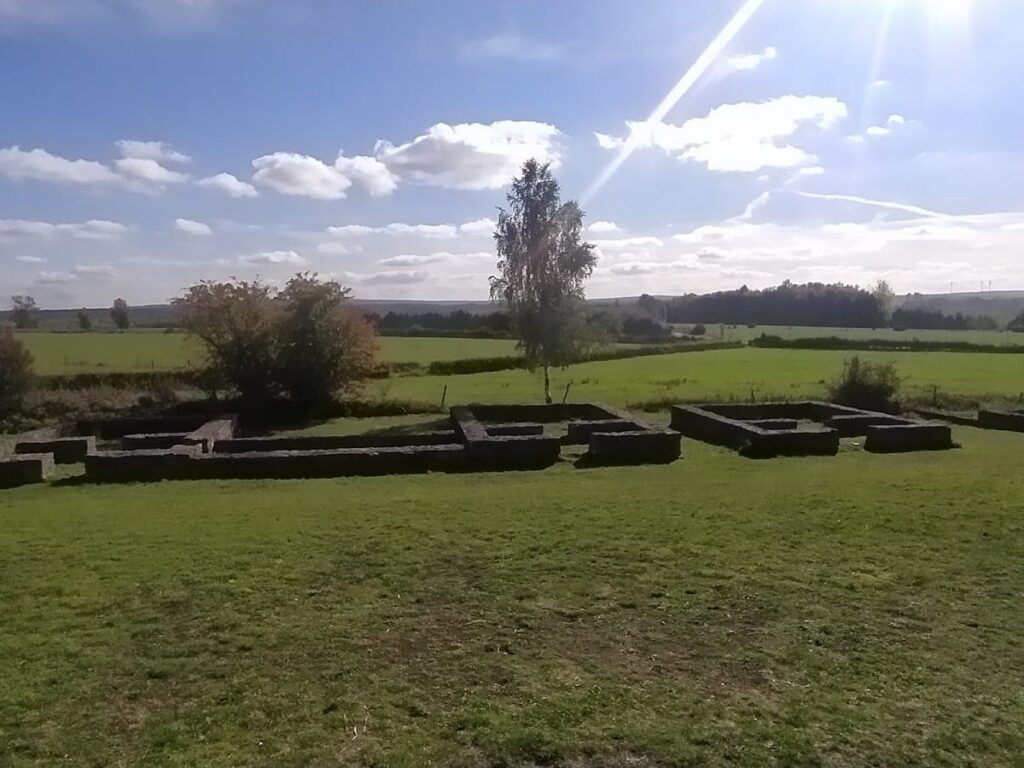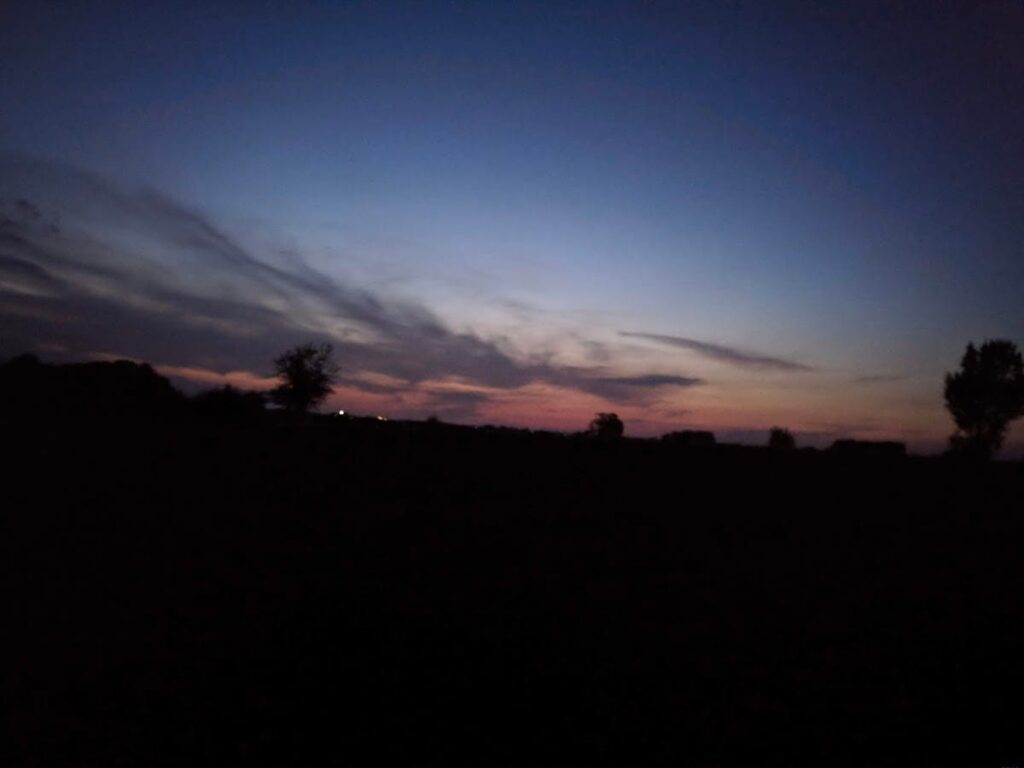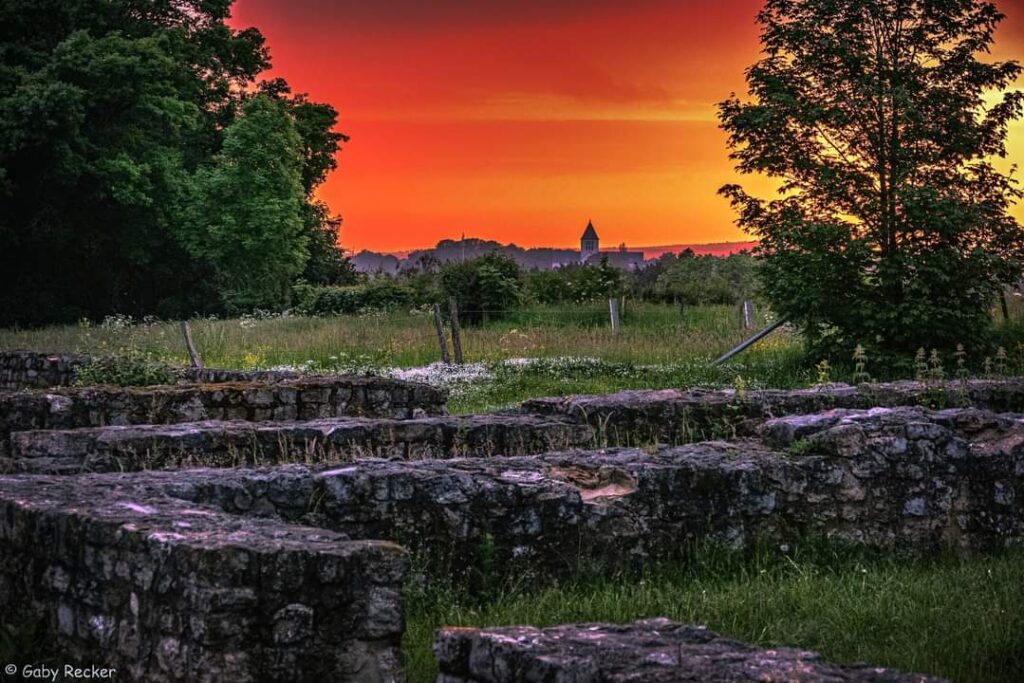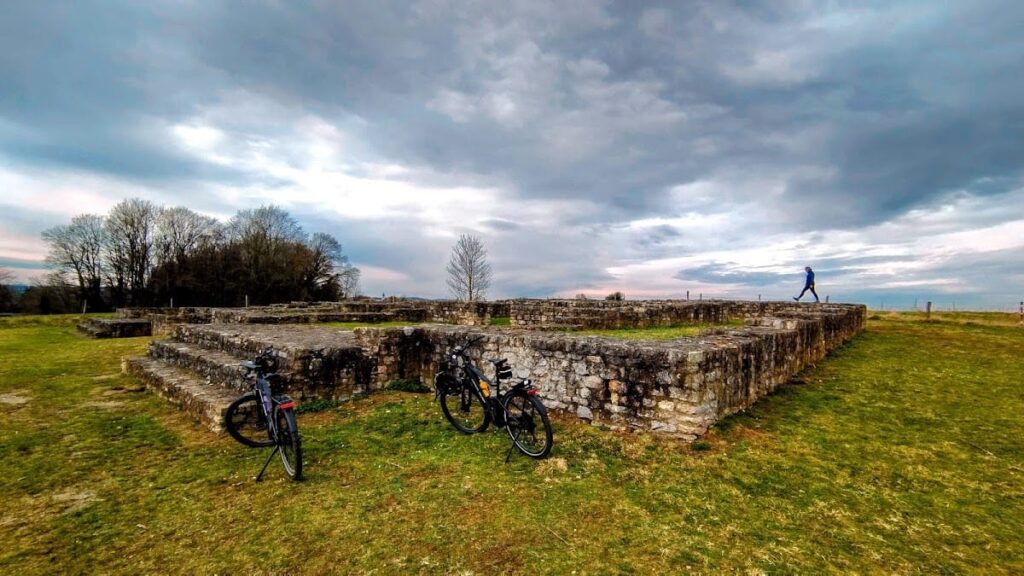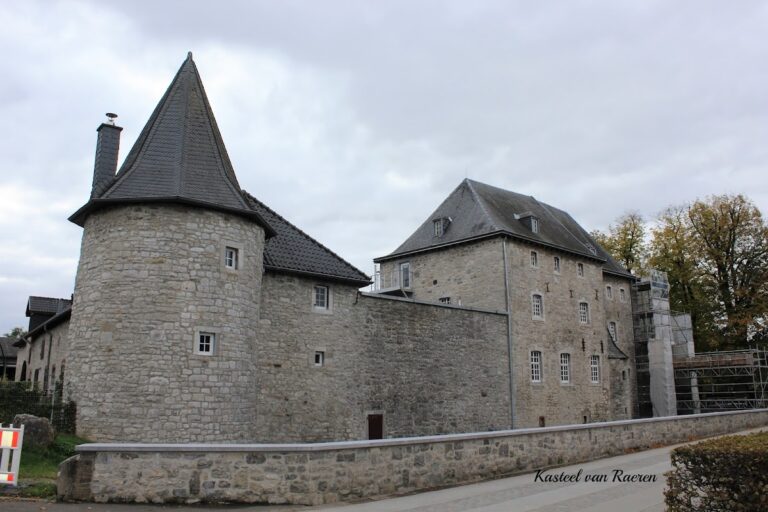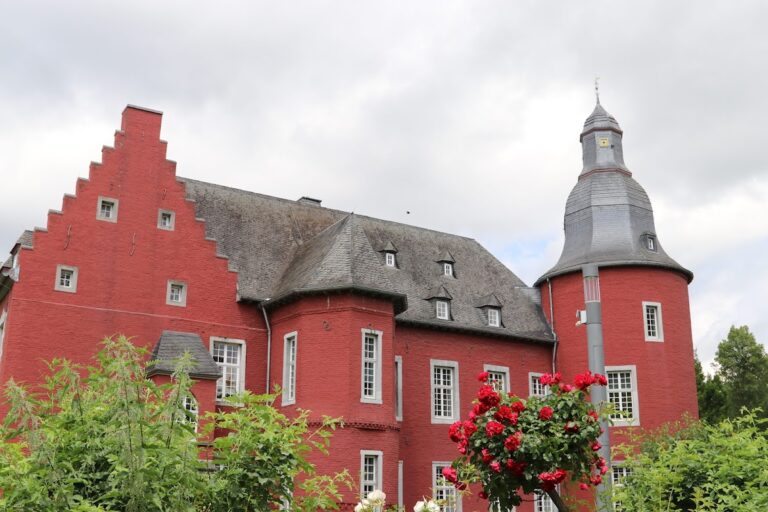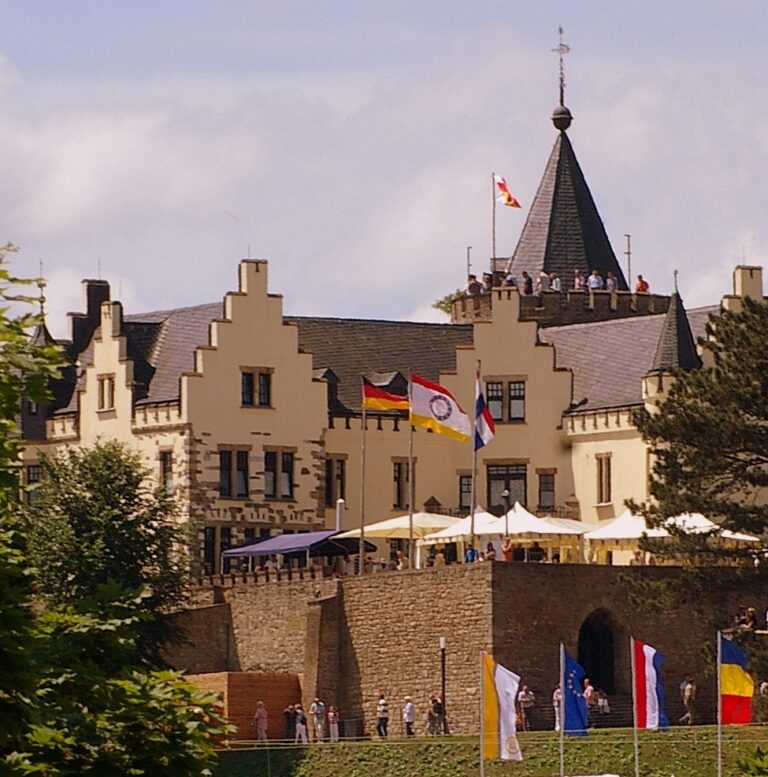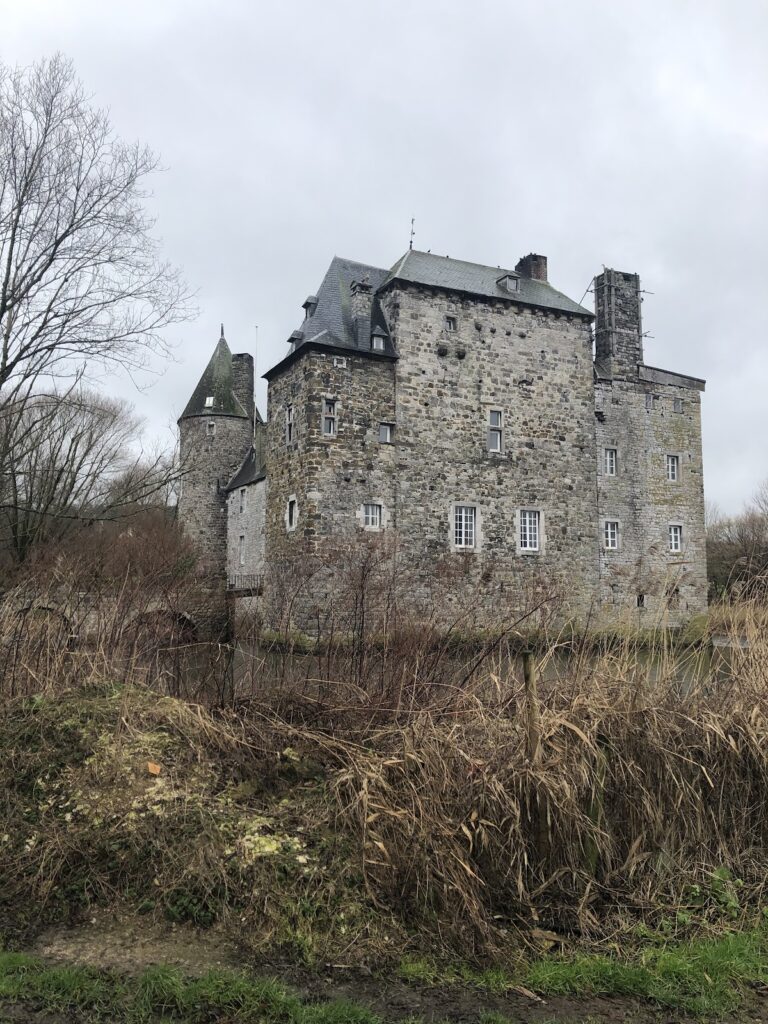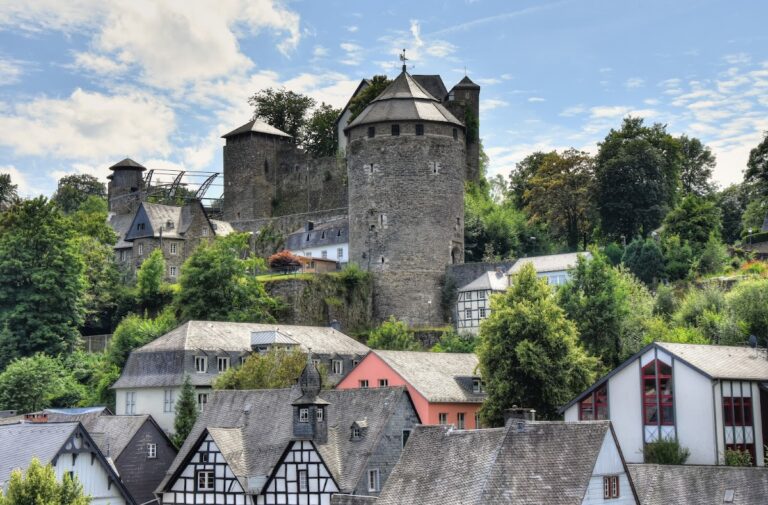Varnenum: A Gallo-Roman Sanctuary Near Aachen
Visitor Information
Google Rating: 4.4
Popularity: Low
Google Maps: View on Google Maps
Country: Germany
Civilization: Celtic, Roman
Remains: Religious
History
The Varnenum site is located near Kornelimünster in Aachen, Germany, on a plateau known as “Schildchen.” It was established around the time of Christ’s birth by the Gallo-Roman culture, reflecting the blend of local Celtic and Roman influences during this period. The sanctuary served as a religious center dedicated to deities named Varneno and Sunuxal, as confirmed by inscriptions found on bronze votive plaques.
The temple complex underwent several phases of construction and use. The first phase dates to its founding around the start of the Common Era. A second major building phase ended abruptly when a fire destroyed the temples before 70 AD. This event likely marked a significant disruption in the site’s use. Following this, a third phase of reconstruction took place, dated by a coin of Emperor Vespasian, who ruled from 69 to 79 AD.
Later, an undated fourth phase enclosed the southern part of the complex with a temenos wall, a sacred boundary often used in Roman religious sites. This suggests a formalization of the sanctuary’s precinct and possibly a change in its religious or social role. Over time, the religious focus shifted away from Varnenum to another temple dedicated to Sunuxal, located between the Aachen cathedral and the Bühel baths, indicating evolving patterns of worship in the region.
The site also had economic connections, evidenced by a direct route linking it to Breinig, a nearby mining area known for zinc ore extraction. This connection highlights the integration of religious, economic, and infrastructural functions within the temple precinct and its surrounding settlement.
Remains
The Vanenum complex consisted of three ambulatory temples, meaning they featured covered walkways around their central chambers. One temple was built directly over the foundations of an earlier structure, showing a pattern of rebuilding and adaptation. The temples date primarily from the early first century AD, with construction phases spanning several decades.
Excavations uncovered typical Roman artifacts such as fibulae (brooches), needles, nails, coins, and pottery, although many of these finds were lost during World War II. The southern section of the site was later enclosed by a temenos wall and gate, marking a defined sacred area within the larger precinct. This wall likely served to separate the religious space from the surrounding settlement.
Geophysical surveys and soil analyses revealed that the temple precinct covered at least 150,000 square meters, including a vicus, or small settlement, with agricultural and infrastructural features. The presence of a direct route to the mining area of Breinig further emphasizes the site’s role beyond purely religious functions.
Today, the foundations of the temples and some associated buildings have been conserved and partially reconstructed to about one meter in height. Three bronze votive plaques with inscriptions naming the deities Varneno and Sunuxal confirm the religious significance of the site.
